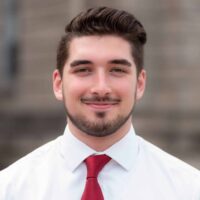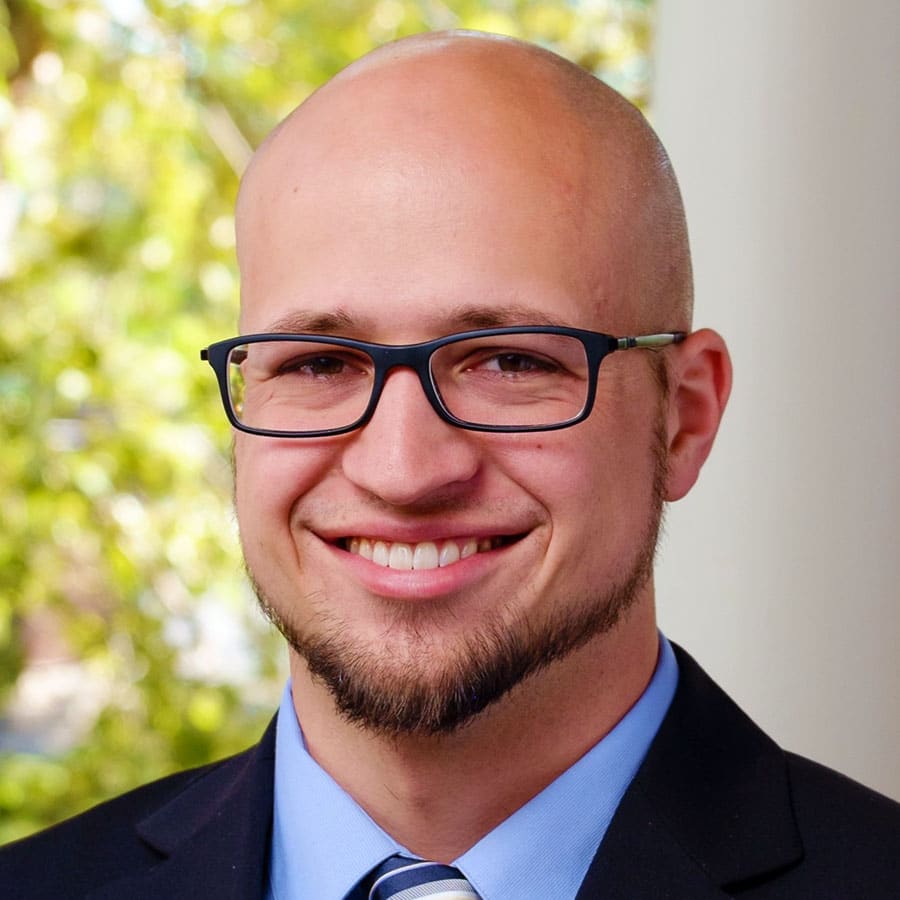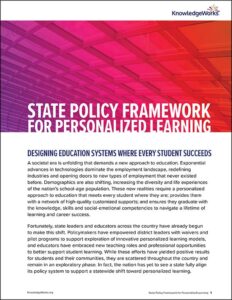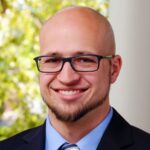By Jon Alfuth, senior director of state policy and Sam Miller, former policy research intern at KnowledgeWorks
As increasing numbers of schools adopt personalized, competency-based approaches to education, it is becoming more important than ever for those schools to expand the types of flexible learning experiences available to students. This means finding ways to create formal experiences for students to participate in, such as dual credit, work-based learning or career and technical education (CTE). It also means creating more informal experiences like capstones, community-based experiences and opportunities for independent study.
At their core, however, all of these experiences should give students the opportunity to make progress towards graduating with the knowledge, skills and dispositions necessary to be successful in whatever comes next. At KnowledgeWorks, we believe that these experiences will achieve their true potential when adopted alongside personalized, competency-based approaches to education.
Since 2014, one of the leading models for competency-based education in the U. S., Kettle Moraine, Wisconsin, has been doing just this. Its High School of Health Sciences (HS2), a public charter school that shares a building with Kettle Moraine High School, has leveraged a competency-based education model to provide expanded opportunities for students focused around careers in health sciences.
How the High School of Health Sciences expands opportunities for students
The primary goal of HS2 is to support students interested in entering the healthcare field. In a normal school environment it can be difficult for students to get meaningful exposure to prospective careers before graduation. HS2 combines the use of three mechanisms – competency-based education, community partnerships and flexible scheduling – to show students what it means to be in their aspirational careers and help them figure out what path is right for them.
First, HS2 differs from traditional learning approaches in its use of competency-based education. Dr. Theresa Ewald, current Associate Director for the Institute for Personalized Learning and former Assistant Superintendent at the Kettle Moraine School District, explained that over one-third of students in Kettle Moraine School District are in a personalized and competency-based environment for most of their day. In a competency-based environment, evidence of achievement can come from inside or outside of the school building, which allows for the inclusion of these unique learning experiences in the curriculum. The school requires two health science credits for each student to graduate, which are achieved through a minimum of 100 hours per credit of career exploration plus additional coursework and research. Learning from outside the classroom can also be cross-referenced with graduation requirements to count for other credits if they come back with evidence of learning in that area. Without the flexibility provided by competency-based education, the expanded learning opportunities given to HS2 students would not be possible.

For years, it’s been clear that our existing K-12 education system is not working for far too many of our nation’s children. What steps can state leaders take to advance student-centered learning for the benefit of each learner? Read now »
Second, HS2 leverages its charter school status to gain flexibility from the state’s instructional time requirement. Wisconsin high school students are normally required to participate in at least 1,137 hours of direct instruction, but HS2 students are exempted from this and the Board of Education’s quotas for hours per subject through the approved charter. Educators use this flexibility to accommodate students who are interested in participating in learning experiences that require students to learn off campus in the middle of the school year or learn outside of the normal school schedule (e.g., during the summer). HS2 also actively collaborates with Kettle Moraine High School to coordinate students’ schedules to ensure that they can also take part in courses that are shared between the schools as well as these innovative learning experiences.
Third, the school leverages community partnerships with hospitals, veterinary clinics, fire stations and more to give students field experience. All HS2 students take part in career exploration and often gain credentials or certifications as part of their experiences. Rebecca Ladsten, Director of HS2, shared that Certified Nursing Assistant certification is a good general starting point for students considering healthcare professions. Students can participate in school-designed paths but also have the option to create their own. Students are also not locked into a path. Staff at HS2 shared that helping students figure out what they don’t want to do is just as important as discovering their ideal career.
How state policies make HS2 possible
HS2’s status as a public charter school allows it to circumvent certain state policies that would otherwise prevent it from implementing the innovative practices that make it unique. Aside from seat time flexibility and experiential learning, the school’s charter also exempts it from certain teacher certification requirements, another roadblock to implementing competency-based education. Typically, Wisconsin teachers are unable to give credit for subjects outside of their specific certification area, including those that are outside their primary certification. Teachers at HS2 often teach courses that cover multiple competencies and allow students to potentially gain credit in various subjects.
Funding has been a significant obstacle to providing out of school experiences for HS2 students. The school relies heavily on partnerships within the community to provide these experiences. Sometimes career and technical education grants are available for students who get certifications. These come after the certification is completed in the form of reimbursements for costs accrued by the student. Some partners do not have the resources to wait for the reimbursements, so those experiences come with costs to the school.
Other states might consider several steps to support the development of programs like these.
Create policies for school innovation zones. Charter schools in Wisconsin offer an avenue for innovative approaches to education and flexibility from regulations, but the time and effort that it will take for schools to create and apply for a charter can take significant time, posing a barrier to innovation. One policy approach that could ease the process of waiving requirements and allow for more expansive programs is providing broader opportunities for flexibility, such as creating a school innovation zone. Innovation zones typically involve a school district applying for waivers from certain state policies to allow them to try innovative practices that would not otherwise be possible under state statute. South Carolina’s innovation zone provides a noteworthy example of this approach.
Modify funding policies to better support career exploration. Cost represents one of the most significant obstacles to HS2’s use of competency-based education to give students career exploration opportunities. Aside from including line item appropriations to directly fund the school, legislatures could set aside more money for competency-based education and/or career and technical education grants that could be used to fund community partnerships and out of school experiences for students, as well as allow for additional flexibility in when and how those dollars are used. Utah is one state that has allocated funding specifically for competency-based planning grants and which could serve as a potential model. If the necessary money were available, HS2 would be able to fund more competency-based education- experiences that would further help their students explore the health science field.
Policy changes in North Dakota allowed this program to offer new, transformative learning experiences for students. What can other states do?

Sam Miller, Former KnowledgeWorks Policy Research Intern
Sam supported the creation and utilization of the KnowledgeWorks policy tracking system. He graduated from the University of Wisconsin-Madison where he double majored in political science and Spanish. Sam brought valuable experience from previous internships at Literacy Network, Jubilee USA Network and Ballotpedia.






